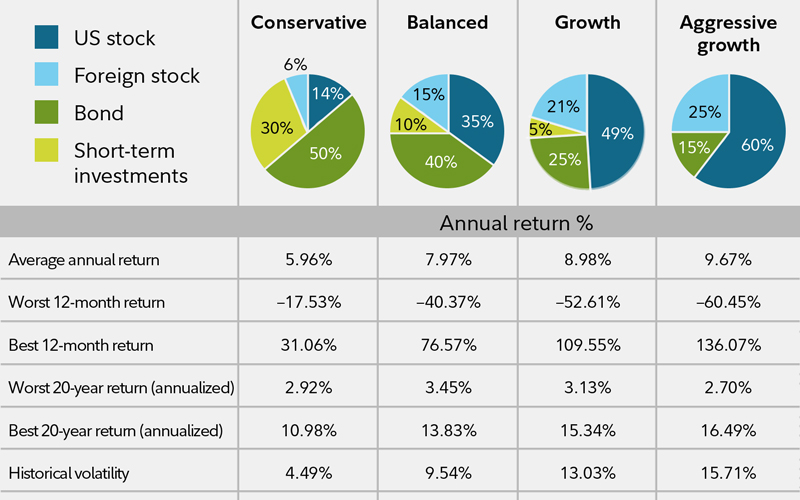

A T+0 framework no doubt would impact the competitive landscape in a way that disadvantages market participants who are unable to make the investment or lack the scale to compete in such an environment, creating winners and losers across the industry and impacting competition. In the case of T+0, our group found that the law of diminishing returns applies: shortening the settlement cycle beyond one day embeds more risk without creating additional benefits available for widespread adoption across the industry.Ī T+0 settlement cycle isn’t easily achieved by all industry participants due in part to their reliance on current business, infrastructure, and operational processes. We believe going from two days to one day will provide optimal benefits to investors and market operations, including risk mitigation. As we look at accelerating settlement, the basic assumption is reducing the time between trade date and settlement reduces risk. The settlement system is complex and contains many interdependencies which benefit investors, and the U.S. The answer comes down to one fundamentally important consideration: will the benefits outweigh the risk? Our research found the answer to be no. It’s a fair question and one that our group considered. Knowing changes are necessary, some have asked why not just go to T+0, or “T end of day,” rather than T+1. Moreover, it will require substantial changes in market operations. Moving to a T+1 settlement cycle is a complex undertaking and will require significant planning, execution, and testing. This timing will allow firms to assess the changes they need to undertake, the industry to conduct comprehensive testing, and regulators to make the necessary regulatory changes.

Securities Settlement Cycle to T+1, which provides firms with a roadmap for shortening the settlement cycle, including considerations, recommendations, and next steps for moving to T+1 in the first half of 2024. In December 2021, SIFMA, ICI, and DTCC issued a report, Accelerating the U.S. The settlement cycle is the time between the trade date, when an order is executed in the market, and the settlement date, when participants exchange cash for securities and a trade is considered final. After a great deal of analysis by a broad cross section of industry participants, we concluded that moving to T+0 or end of day would require fundamental and costly changes in market operations affecting institutional and retail customers and actually increase risk. That effort paved the way for shortening the settlement cycle to one day, which will improve market resiliency by further reducing risk that exists while a trade is being finalized, benefit investors by shortening the execution time frame between buying or selling their securities, and reduce the level of margin market participants must post to offset the settlement risk.Īs part of our work, we investigated whether the industry could shorten the cycle even further, to T+0 or ‘end of day’, as some have suggested. Five years ago, this same industry group led the effort that shortened the settlement cycle from T+3 to T+2.

#Reduce risk inshort time investments plus#
securities settlement cycle from trade date plus 2 days (T+2) to trade date plus one day (T+1). The Securities Industry and Financial Markets Association (SIFMA), the Investment Company Institute (ICI), and The Depository Trust & Clearing Corporation (DTCC) are taking steps to accelerate the U.S.


 0 kommentar(er)
0 kommentar(er)
